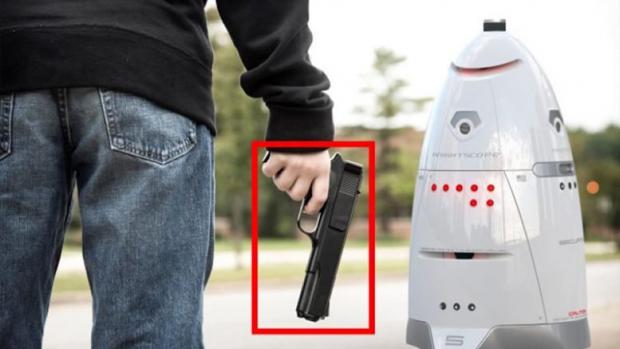
Breaking News
 $26M Frozen on Blockchain - With One Click
$26M Frozen on Blockchain - With One Click
 Italy are on national strike shutdown rejecting digital enslavement...
Italy are on national strike shutdown rejecting digital enslavement...
 The following U.S. states are currently using the rebranded "Reporty Homeland Security" so
The following U.S. states are currently using the rebranded "Reporty Homeland Security" so
 NATO Chief Urges Europe To Prepare For Long-Term World War With Russia, China, Iran & North Korea
NATO Chief Urges Europe To Prepare For Long-Term World War With Russia, China, Iran & North Korea
Top Tech News
 HUGE 32kWh LiFePO4 DIY Battery w/ 628Ah Cells! 90 Minute Build
HUGE 32kWh LiFePO4 DIY Battery w/ 628Ah Cells! 90 Minute Build
 What Has Bitcoin Become 17 Years After Satoshi Nakamoto Published The Whitepaper?
What Has Bitcoin Become 17 Years After Satoshi Nakamoto Published The Whitepaper?
 Japan just injected artificial blood into a human. No blood type needed. No refrigeration.
Japan just injected artificial blood into a human. No blood type needed. No refrigeration.
 The 6 Best LLM Tools To Run Models Locally
The 6 Best LLM Tools To Run Models Locally
 Testing My First Sodium-Ion Solar Battery
Testing My First Sodium-Ion Solar Battery
 A man once paralyzed from the waist down now stands on his own, not with machines or wires,...
A man once paralyzed from the waist down now stands on his own, not with machines or wires,...
 Review: Thumb-sized thermal camera turns your phone into a smart tool
Review: Thumb-sized thermal camera turns your phone into a smart tool
 Army To Bring Nuclear Microreactors To Its Bases By 2028
Army To Bring Nuclear Microreactors To Its Bases By 2028
 Nissan Says It's On Track For Solid-State Batteries That Double EV Range By 2028
Nissan Says It's On Track For Solid-State Batteries That Double EV Range By 2028
Robocop Rising: Police Love Knightscope's New Crime-Fighting Robots

Maybe someday it will menacingly order citizens to drop their weapons — or else — a la Robocop.
But for now, the Knightscope crime-fighting robots, demonstrated for the University of Texas at Arlington Police Department and the media on Thursday, are limited to less aggressive tasks like scanning license plates for unauthorized vehicles or alerting authorities to people in restricted areas.
Or, for mall bots, telling shoppers how to get to Macy's. And they're always videotaping and collecting data, including markers that help identify nearby wireless devices. Those latter skills helped solve a robbery recently, said Knightscope co-founder and former UTA student Stacy Stephens
But he has much higher expectations for the technology.
"Long-term, our ultimate goal is to be able to predict and prevent crime," he said, by analyzing past data with real-time, on-site information collected by the robots. "Then maybe we have the ability to put the robots into a patrol state where they are hitting those hotspots."

 Carbon based computers that run on iron
Carbon based computers that run on iron

